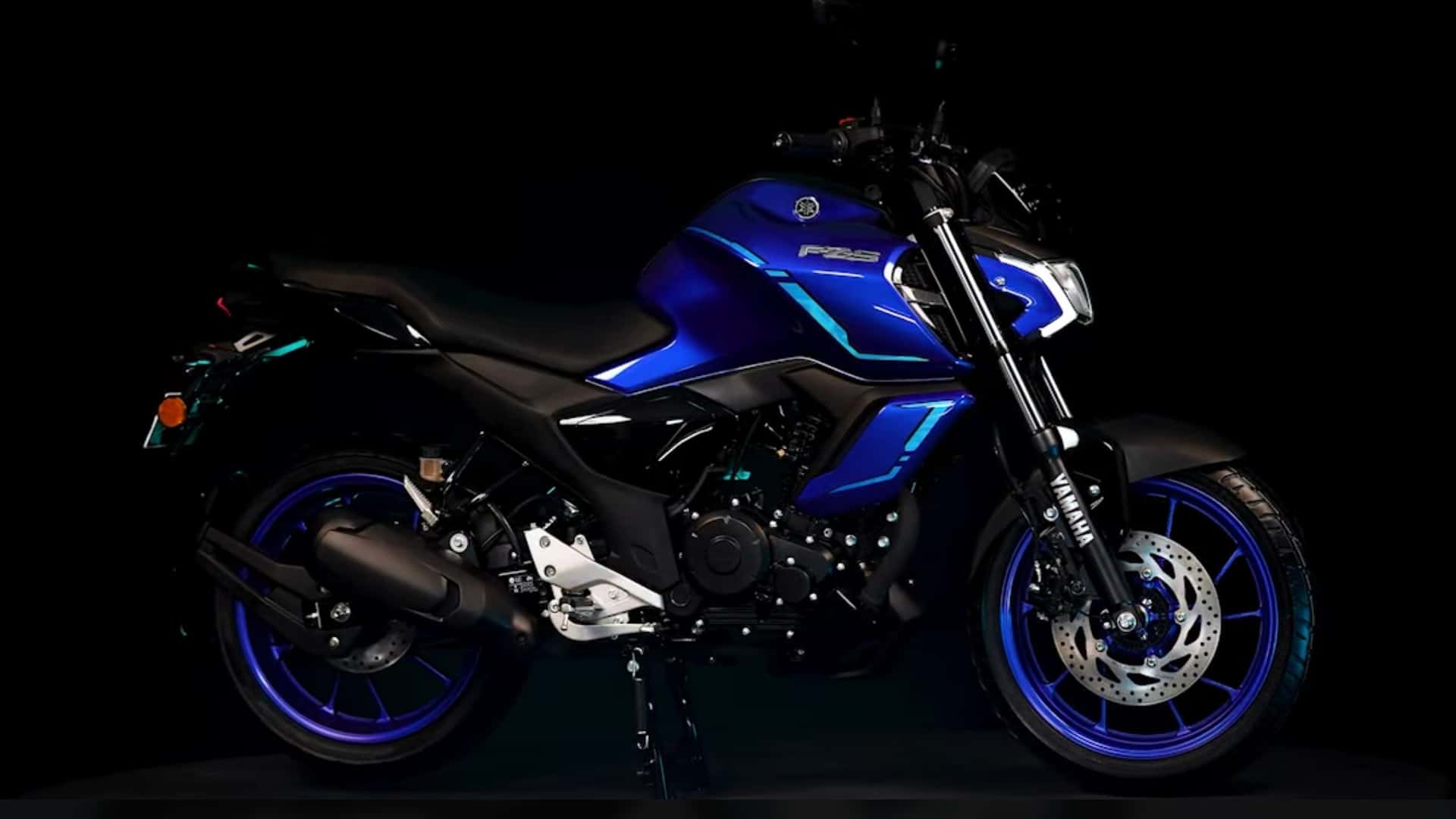
Could this tech eventually find its way to bigger bikes with more global appeal?
Manufacturers are working hard to make their bikes more efficient, whether through better combustion tech, aerodynamics, or weight reduction. But with tightening emissions standards and rising fuel costs, many brands are going electric.
That said, hybrids —even though they are widespread in automobiles—have not become popular in the motorcycle industry. The limitations of space and weight make it challenging to incorporate a hybrid powertrain into a motorcycle without increasing its size or cost. However, Yamaha is attempting something innovative, particularly in the Indian market, with the FZ-S FI Hybrid , a slightly hybridized approach to the 150cc commuter market.
At its heart, Yamaha’s hybrid system is straightforward yet ingenious. The motorcycle employs a Smart Motor Generator (SMG) This serves dual purposes: it functions as a quiet, seamless starter motor (due to its direct connection to the crankshaft) and offers an additional electrical assist during low-speed operation.
In contrast to a hybrid car or Kawasaki’s more sophisticated Ninja 7 Hybrid, which features a large battery and an additional electric motor, the FZ-S FI Hybrid only supplements the gasoline engine as required. For a light urban motorcycle, this configuration proves effective because even minor improvements in fuel economy and enhanced accelerator responsiveness at lower speeds can make significant differences.
Now, I understand what you might be thinking—there is already a hybrid motorcycle out there, and it’s produced by none other than Kawasaki .
However, the point is, Kawasaki’s hybrid technology stands out from the rest. Ninja 7 Hybrid Pairs a 451cc parallel-twin engine with a complete electric motor, offering three operating modes: purely internal combustion engine (ICE), hybrid assistance, and brief all-electric vehicle (EV) operation. The system includes regenerative braking to recharge the battery, a feature not present in Yamaha’s setup.
The trade-off with Kawasaki’s hybrid model lies in its increased complexity and higher cost of over $10,000. In contrast, Yamaha offers a simpler and more budget-friendly solution for incorporating hybrid advantages without causing a substantial increase in price or altering the motorcycle’s general riding experience noticeably.
I personally have direct experience with Yamaha’s hybrid technology because I own a Fazzio, a mild-hybrid scooter equipped with an analogous SMG system. The hybrid assistance is discreet yet discernible, particularly during acceleration from a standstill, significantly enhancing fuel economy. My average often exceeds 50 kilometers per liter, equivalent to approximately 118 miles per gallon. Therefore, if the FZ-S FI Hybrid can achieve comparable figures, it would be a significant advantage for typical commuters.

The 150cc engine receives an enhancement from an electric motor known as the Smart Motor Generator.
When discussing value, the pricing for the FZ-S FI Hybrid really stands out. Priced at Rs 129,400 (approximately $1,550 USD), it's only slightly pricier than your typical 150cc commuter scooter within India. In comparison to models such as the Ninja 7 Hybrid, it offers incredible savings. Just think about the potential sales figures if Yamaha chose to distribute this model across various Asian countries—or maybe even target regions like the United States and Europe.
Certainly, it lacks full electric capability, yet as an affordable hybrid motorcycle that performs well under practical circumstances, Yamaha has hit the mark.
If this technology demonstrates success, Yamaha might readily introduce it to larger, more popular models. Think of a mild hybrid. MT-09 Or an adventure bike that sips fuel with a bit of electric assistance—it’s not so outlandish.
Increased torque, improved fuel economy, and smoother operation at lower speeds—without the intricacies of a comprehensive hybrid system? It seems like a victory. Currently, the FZ-S FI Hybrid is pioneering the move towards more user-friendly hybrid motorcycles. Given its efficiency, functionality, and cost, it’s challenging not to feel impressed.
Source: Yamaha Motor India